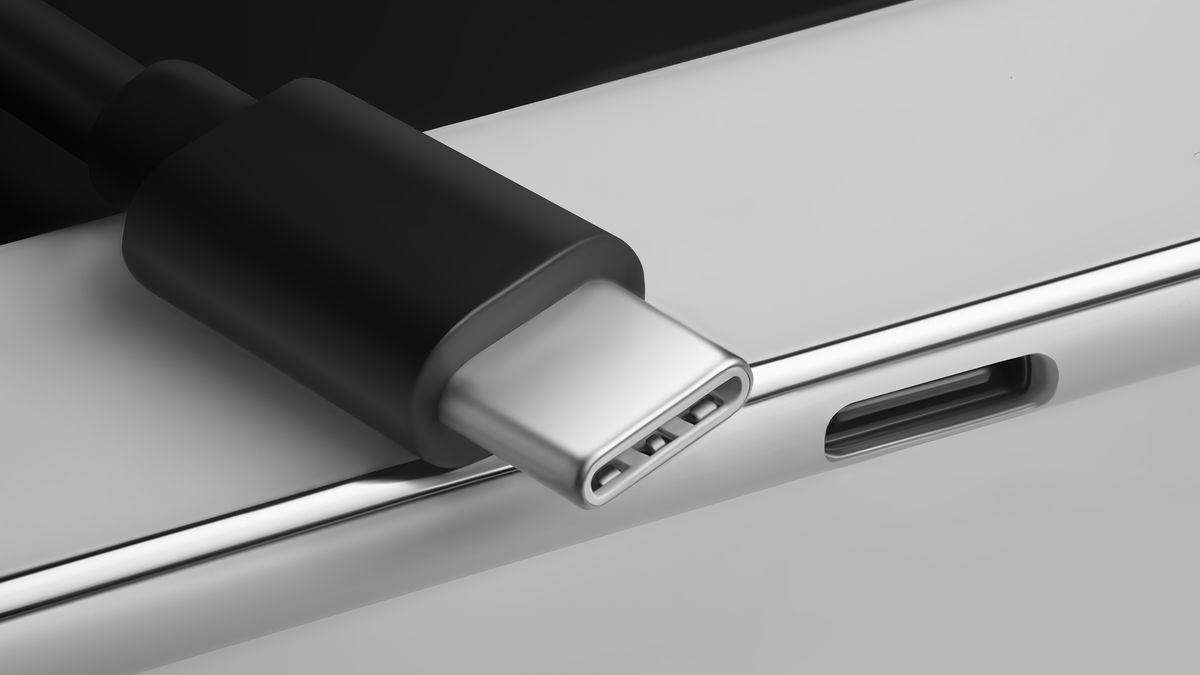
But if you want to get to the nitty-gritty of USB-C's power-handling, strap in: Lightning supports a maximum current of 2.4A, but USB-C carries 3A with support for up to 5A, because Lightning devices transfer data at USB 2.0 speeds, which is 480Mbps, while USB-C can currently transfer data at USB 3.0 (using protocol USB 3.1 Gen 1) speeds of 5Gbps.
Common hi-res combos here are 24-bit/96 kHz, aka the maximum resolution of Apple Music's Lossless tier, and 24-bit/192kHz – where Apple Music's Hi-Res Lossless offering maxes out. .
The thing is, to have at these Hi-Res Lossless files (which, let's not forget, Apple gave to its Apple Music subscribers at no extra cost just over a year ago) on your iPhone, you currently need an elaborate wired system of components commencing with the Apple Lightning to USB camera adapter (which is limited to 24-bit/48kHz) then a third-party portable DAC to get you up to resolution, then a set of good wired headphones.Now, USB-C: although USB-C wired headphones themselves can still be a little bit hit and miss in terms of audio quality, since they can either be passive (meaning you're still beholden to the DAC in your phone for quality) or active, meaning the conversion process happens in the headphones themselves, USB-C DACs are where things get revelatory – but let's not get ahead of ourselves. .The main perk of active USB-C headphones is to prolong a digital signal state and bypass your iPhone's internal components – all that distortion from other smartphone signals and so on.But it's not a cut-and-dried, cure all solution, since the source device (read: smartphone) needs to support Audio Accessory mode – and some don't, currently
But have a quick look at the Astell & Kern AK USB-C Dual DAC above(Although, if you still really want a 2022 smartphone with a 3.5mm connection, look to the Sony Xperia 1 IV, which lists "Hi-Res Audio" wired and wireless support from the box, although the extent of that support isn't specified).
This Astell & Kern DAC plugged into an iPhone for simple hi-res audio may be a few years away yet, but when it comes, I cannot wait to hear it.